
Click the following link for a safe PDF copy: Islamic State’s Wilāyat al-Hind — Oh Muslims of Bangladesh- Halfway Done, Now Strive For the Rule of God
________________
Source: RocketChat

Click the following link for a safe PDF copy: Islamic State’s Wilāyat al-Hind — Oh Muslims of Bangladesh- Halfway Done, Now Strive For the Rule of God
________________
Source: RocketChat
UPDATE 08/20/2024 10:07 AM: English translation:

Click the following link for a safe PDF copy: Ustād Usāmah Maḥmūd — Bangladesh Is the Rising Hope For the Victory of Islam (En)
—
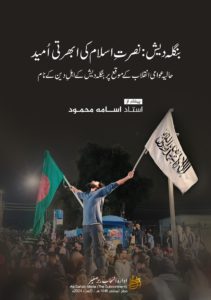
Click the following link for a safe PDF copy: Ustād Usāmah Maḥmūd — Bangladesh Is the Rising Hope For the Victory of Islam
______________

Click the following link for a safe PDF copy: al-Qā’idah in the Indian Subcontinent — Killing Those Who Dared to Defame Islam and the Messenger in Bangladesh- Sentencing Innocent Muslims to Death in the Name of Justice
________________
Click here for the first issue.
—

Click the following link for a safe PDF copy: al-Qā’idah in the Indian Subcontinent — Lone Wolf Magazine #2
___________________
To inquire about a translation for this magazine issue for a fee email: [email protected]
For prior magazine issues see: #6, #5, #4, #3, #2, #1.
—

Click the following link for a safe PDF copy: al-Qā’idah in the Indian Subcontinent — “al-Balāgh Magazine #7
____________________
To inquire about a translation for this magazine issue for a fee email: [email protected]
In the aftermath of Abu Bakr al-Baghdadi’s death, I noted that the Islamic State (IS) was likely to start a bayat campaign for its new Caliph Abu Ibrahim al-Hashimi al-Qurashi. Beginning November 2, IS’s official Telegram channels began posting such bayat.
There are two main reasons for this: 1. pledges are leader-specific rather than group-specific and thus need to be renewed with each succession and 2. it is a way to legitimize al-Qurashi’s rule and create a media event so that the group can promote itself as it transitions to a new phase.
The first reason is also something that IS pointed to when it began to overtly feud with al-Qaeda (AQ) in 2013, by saying that following Abu Mus’ab al-Zarqawi’s death, his successor Abu Hamzah al-Muhajir gave baya to the newly created Islamic State of Iraq’s leader Abu ‘Umar al-Baghdadi and even after Abu ‘Umar was killed, when Abu Bakr al-Baghdadi took over in 2010 and then Usamah Bin Laden was killed in 2011, Abu Bakr never publicly gave baya to Ayman al-Zawahiri, even if al-Zawahiri claims he gave it to him privately. Therefore, from the perspective of IS this whole process is not trivial, but important for legitimacy of its leadership and to potentially weed out any insubordination before it manifests into something larger as it already did in the past vis-a-vis AQ.
This post will be updated with the latest official pledges.
November 2, 2019:
Wilāyat Saynā’



al-Binghāl




November 3, 2019:
Wilāyat al-Ṣūmāl



November 4, 2019:
Wilāyat Bākistān


Wilāyat al-Yaman – al-Bayḍā’









November 5, 2019:
Wilāyat al-Shām – Ḥawrān







Wilāyat Khurāsān

















November 6, 2019:
Tūnis




November 7, 2019:
Wilāyat Gharb Ifrīqīyyah – Nījīrīā











Wilāyat al-Shām – Ḥimṣ
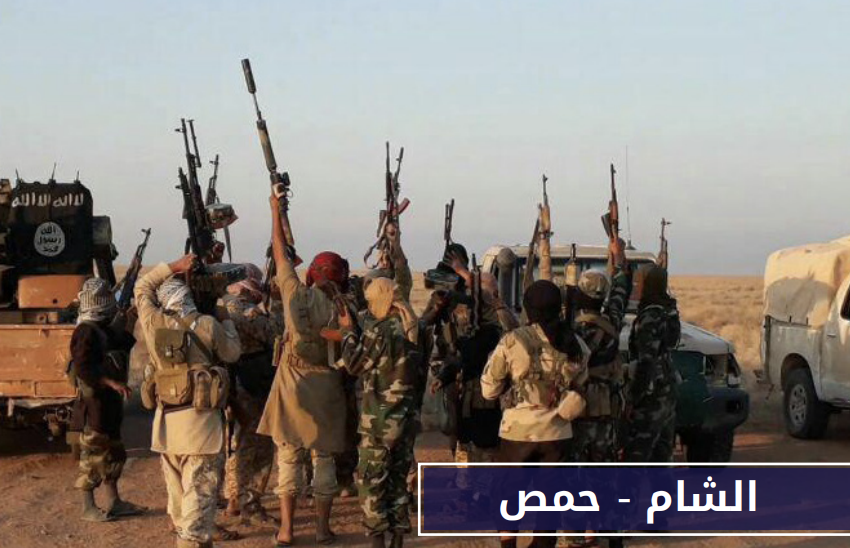
Wilāyat al-Shām – al-Khayr
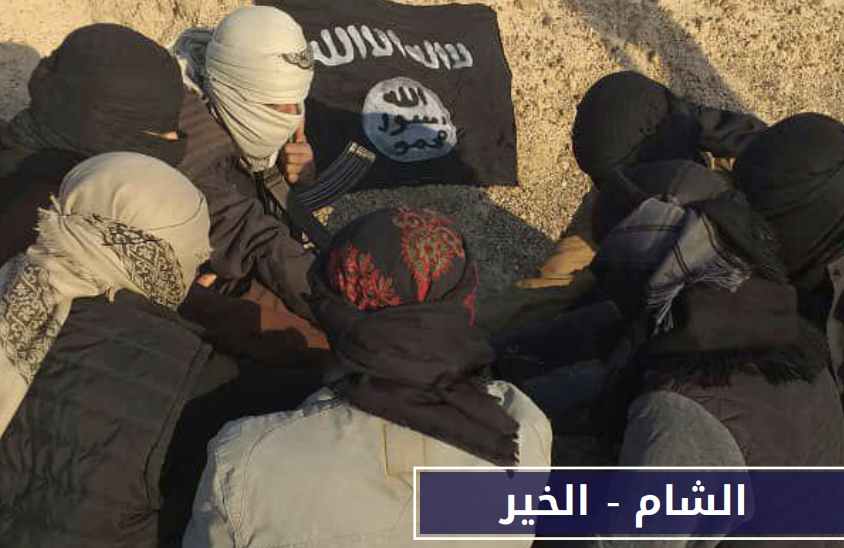
Wilāyat al-Shām – al-Raqqah
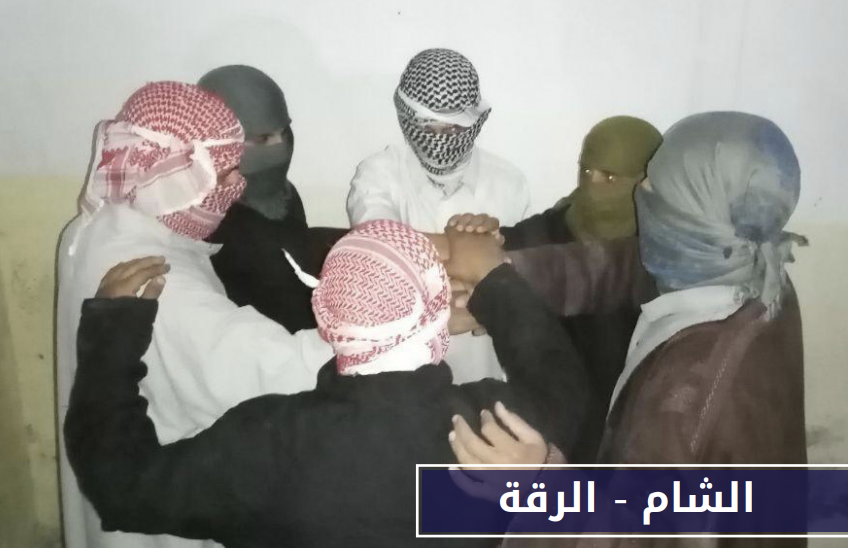
Wilāyat Sharq Asīā
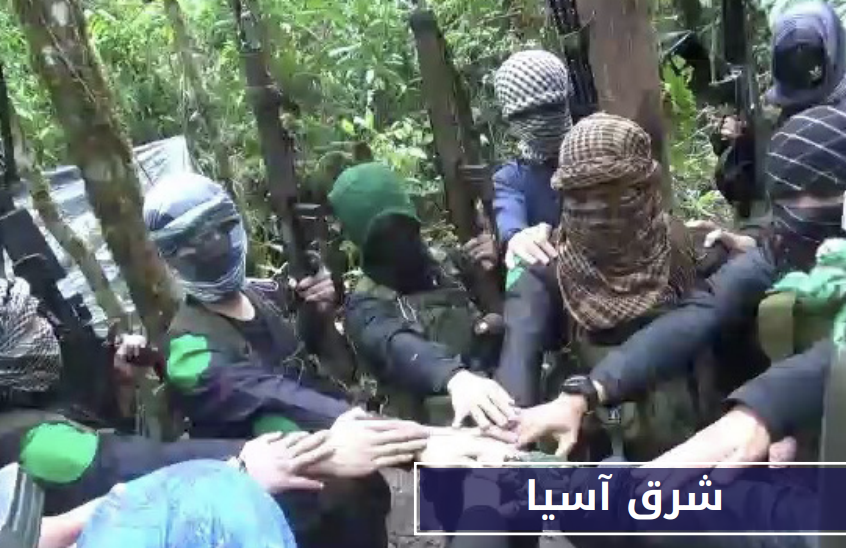
Wilāyat Wasaṭ Ifrīqīyyah
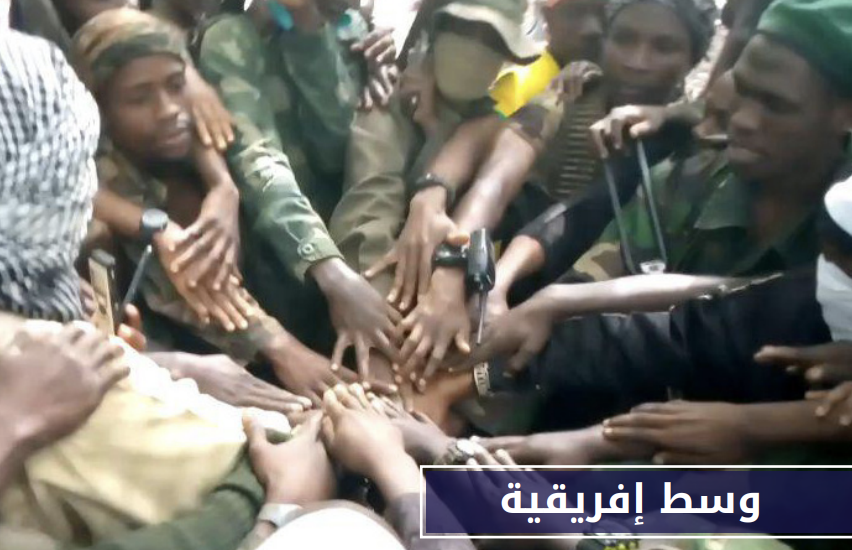
November 8:
Wilāyat al-Shām – Ḥimṣ




November 9:
Wilāyat Sharq Asīā







Wilāyat Gharb Ifrīqīyyah – Mālī and Būrkīnāfāsū








Wilāyat al-Shām – al-Barakah




November 12, 2019:
Wilāyat al-Shām – Ḥalab


November 14, 2019:
Wilāyat al-‘Irāq – Shamāl Baghdād



November 15, 2019:
Wilāyat Lībīyā







November 16, 2019:
Wilāyat al-‘Irāq – Dijlah



November 17, 2019:
Wilāyat al-‘Irāq – Diyālā








November 18, 2019:
Wilāyat al-‘Irāq – Ṣalāḥ al-Dīn



November 19, 2019:
Wilāyat al-‘Irāq – Karkūk




November 22, 2019:
Wilāyat Sharq Asīā – Indūnīsīyā


November 29, 2019:
Adhirbayjān


For prior parts in this video series see: Wilāyat al-Yaman, Wilāyat Wasaṭ Ifrīqīyyah, Wilāyat al-Ṣūmāl, Tūnis, Wilāyat Turkīyā, Wilāyat Lībīyā, Azerbaijan, Wilāyat Khurāsān, Wilāyat al-Qawqāz, Wilāyat Sharq Asīā, Wilāyat Saynā’, and Wilāyat Gharb Ifrīqīyyah. The title of this release is in reference to a part of Qur’anic verses 7:128, 11:49, and 28:83.
—

___________________
Source: Telegram
To inquire about a translation for this video message for a fee email: [email protected]

The Islamic State — Knights of Martyrdom
___________

Click the following link for a safe PDF copy: al-Ḥikmah Media — Heinous Aggression on the Fasting-Muslim Prisoners in Bangladesh- A Call For the Muslims To Rise-up
____________
Source: Telegram
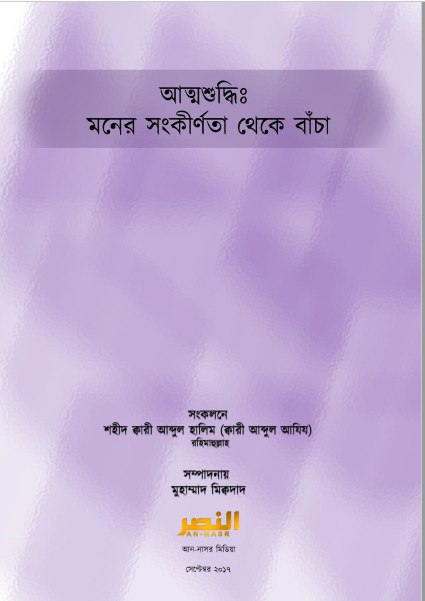
Click the following link for a safe PDF copy: Qārī ‘Abd al-Ḥalīm — Self Purification
___________
To inquire about a translation for this release for a fee email: [email protected]